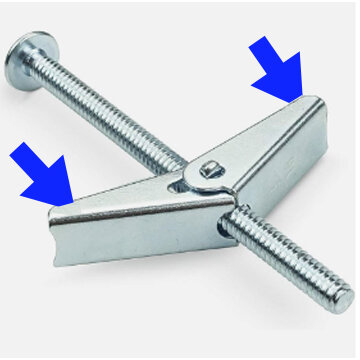Hi all
I am installing solar panels on my 2006 Itasca Ellipse motorhome. I read John's write up on "Zamp solar panels installed" Great write up. My problem is my roof does have some areas where the top material has come loose. Not where I want to put the solar panels but in other areas. My worry is that a lot of the holding power is just the caulking to the roof. I can not afford to replace the roof right now. I was thinking about using short Jack nuts or well nuts. I would like something that has more holding power then pan head screws. Am I being silly or would pan head screws work just as well
I am installing solar panels on my 2006 Itasca Ellipse motorhome. I read John's write up on "Zamp solar panels installed" Great write up. My problem is my roof does have some areas where the top material has come loose. Not where I want to put the solar panels but in other areas. My worry is that a lot of the holding power is just the caulking to the roof. I can not afford to replace the roof right now. I was thinking about using short Jack nuts or well nuts. I would like something that has more holding power then pan head screws. Am I being silly or would pan head screws work just as well

